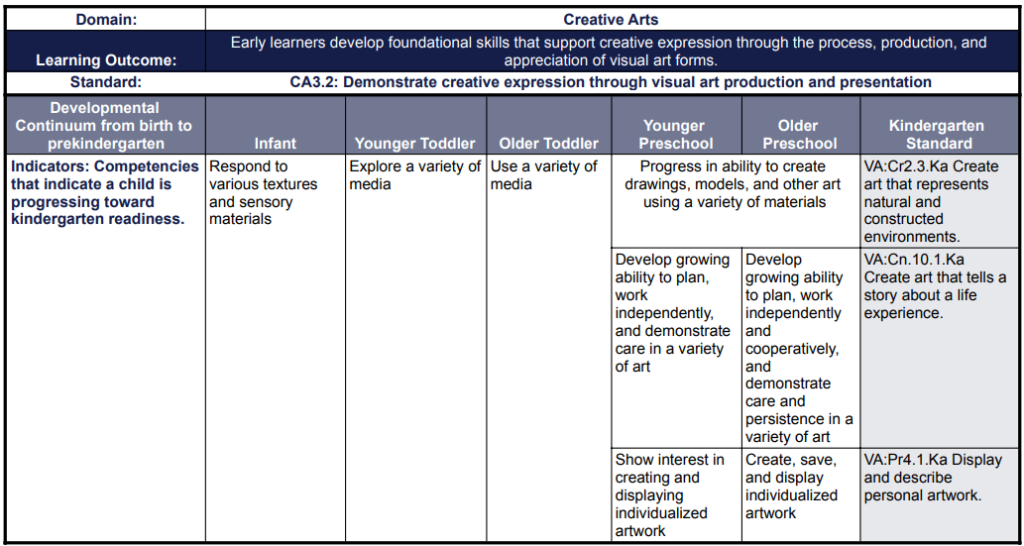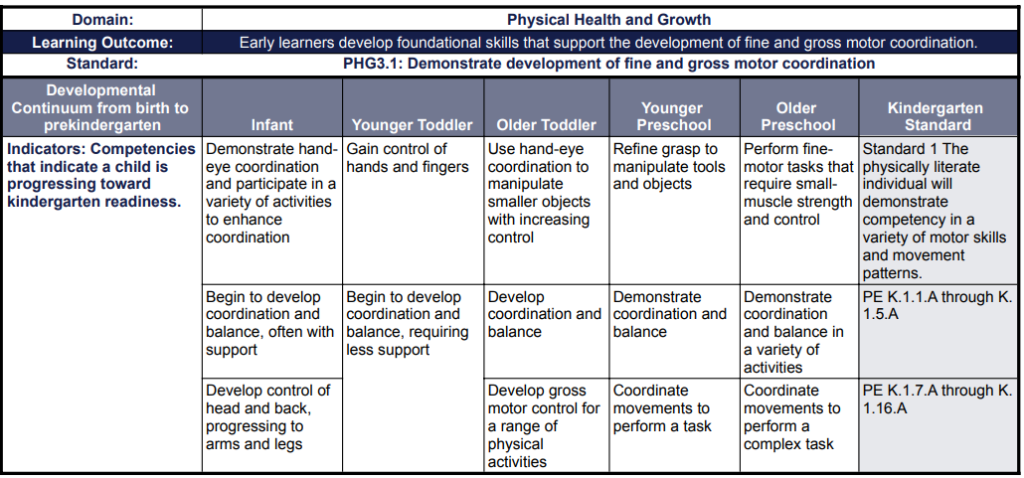Family child care providers are more likely than most early childhood educators to work with mixed age groups, which can broaden the differences in abilities to plan for. But all children develop at different rates, with different interests and abilities, so even when an activity is only for three-year-olds, the particular three-year-olds who are participating are going to determine the types of adaptations and levels that are planned for.
When writing a lesson plan, including adaptations for children who need more assistance or more challenging stimulation can seem daunting at first, but soon will become second nature. Consider the following factors when planning appropriate modifications– we’ll test it out on a planned activity after:
- Safety first! Are the children using risky tools (hammers/nails, hot glue, etc.) that could be misused if a child’s attention, impulse control, or motor skills are not at a certain level? Consider partnered work, having one “helper,” adapting tools (loop scissors instead of regular scissors, tacky glue instead of hot glue), or working hand-over-hand.
- Look at your goal for the activity: have any of the children already accomplished it? Is it too far out of the zone of proximal development for some children to attempt? Are there smaller steps those children can take to meet that goal?
- What can children who finish early do? Have a plan for the ones who lose interest early as well as the ones who want to keep working and experimenting.
SAMPLE ACTIVITY & INDIVIDUALIZED ADAPTATIONS:
Audience: Children 2-5 years old
Activity: Tissue paper collage on contact paper
Learning Outcomes (from IN Early Learning Standards):
Adaptations: Children will be offered pencils and loop scissors, as well as traditional safety scissors, to create and cut out designs from tissue paper. Children will be encouraged to tear the paper by hand if not yet able to use scissors consistently. Children may work with the contact paper at easels, on the table, or on trays on the floor to allow optimal body positioning. Children can work until finished, and those who finish first/early may wash up and move on to open centers for free play.


